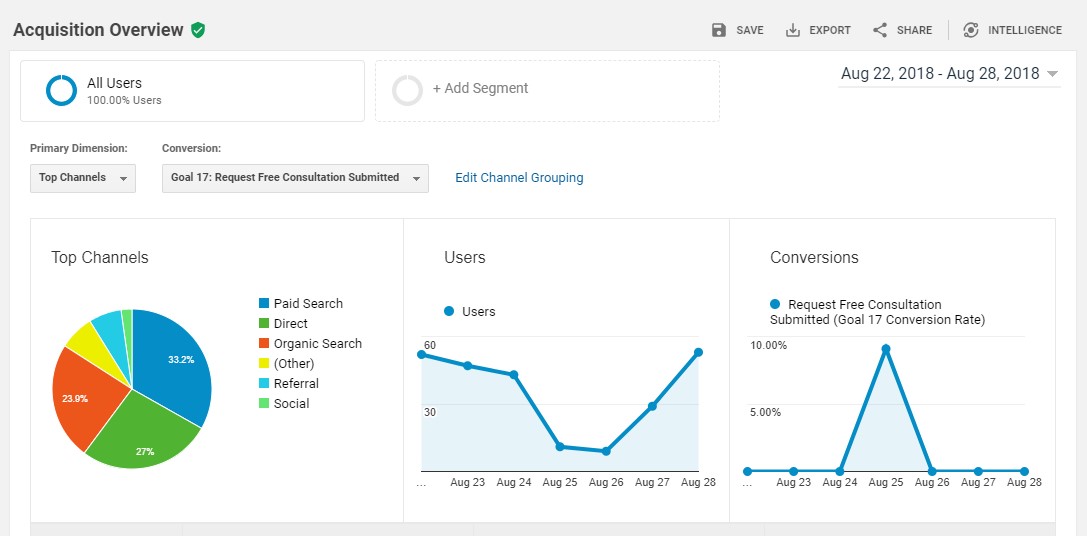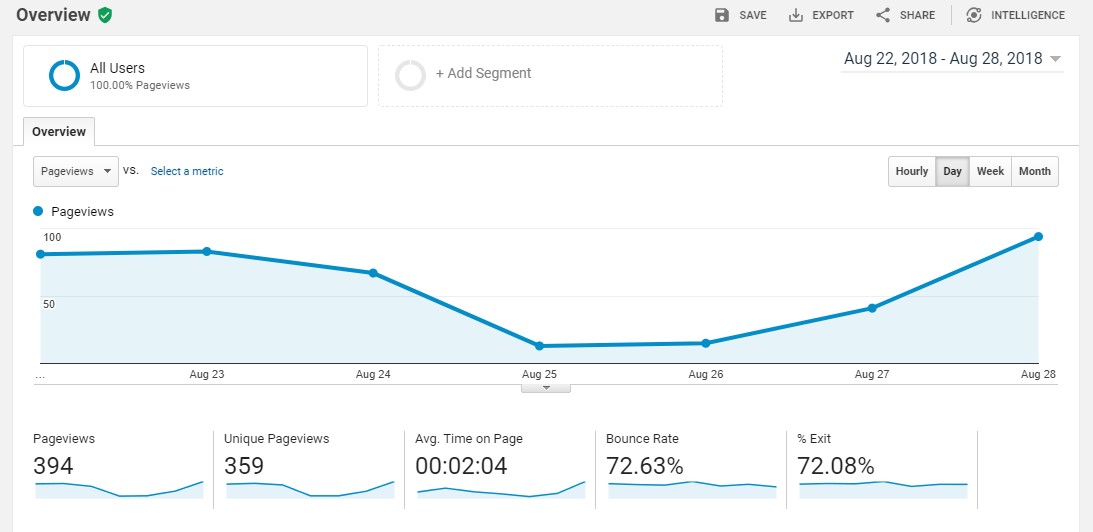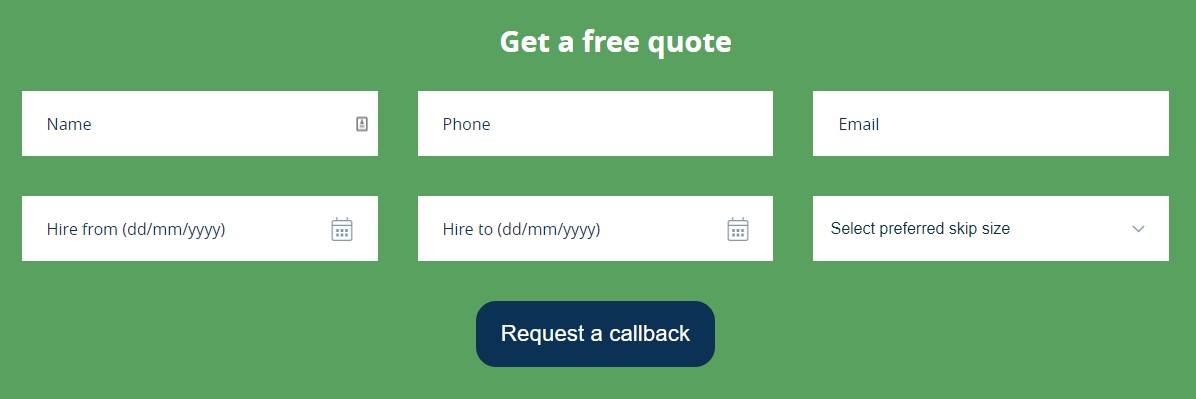- Google Analytics: Acquisition
Figure 1: KAU Media Group Acquisition Overview Google Analytics Page
 The Behaviour section of Google Analytics helps you visualise how your website visitors travel from one page of your website to the next. It can also help you understand the pages of your website and blog that keep your audience most engaged – perfect for discovering the types of content and copy that work best for your business.
The Behaviour section of Google Analytics helps you visualise how your website visitors travel from one page of your website to the next. It can also help you understand the pages of your website and blog that keep your audience most engaged – perfect for discovering the types of content and copy that work best for your business.
Figure 2: KAU Media Group Behaviour Overview Google Analytics Page

- UTM Parameters
- Hidden Fields
Figure 3: Get A Free Quote form showing visible fields for Name, Phone and Email.
 There could be hidden fields on this form but there is no way for us to know. A hidden field sits in the visible form on the website however, as the name says, the field is not visible to the user. This lets web developers include data that cannot be seen or modified by users when a form is submitted. A hidden field often stores what database record that needs to be updated when the form is submitted. In our case we force the hidden fields to pull the URL which contains the UTM parameters.
The Final Step
By using all three different technologies at the same time decision makers are able to better see which marketing channels are driving the most amount of quality leads and more importantly see how each individual that submitted a form accessed the site. By then entering or linking this information to a CRM a business owner will be able to follow the user from submission to purchase, and through to the end goal.
There could be hidden fields on this form but there is no way for us to know. A hidden field sits in the visible form on the website however, as the name says, the field is not visible to the user. This lets web developers include data that cannot be seen or modified by users when a form is submitted. A hidden field often stores what database record that needs to be updated when the form is submitted. In our case we force the hidden fields to pull the URL which contains the UTM parameters.
The Final Step
By using all three different technologies at the same time decision makers are able to better see which marketing channels are driving the most amount of quality leads and more importantly see how each individual that submitted a form accessed the site. By then entering or linking this information to a CRM a business owner will be able to follow the user from submission to purchase, and through to the end goal.
Figure 4: Below shows how a decision maker sees the submission of our ‘test’ subject:
 Note how clear and accessible it is to see that our Test user has come from a Google PPC marketing campaign in which the campaign was "education". This allows sales people and other business users to further understand who the person on the other end of the line is.
To learn more about these three pillars of tracking, call KAU Media Group today.
Note how clear and accessible it is to see that our Test user has come from a Google PPC marketing campaign in which the campaign was "education". This allows sales people and other business users to further understand who the person on the other end of the line is.
To learn more about these three pillars of tracking, call KAU Media Group today.